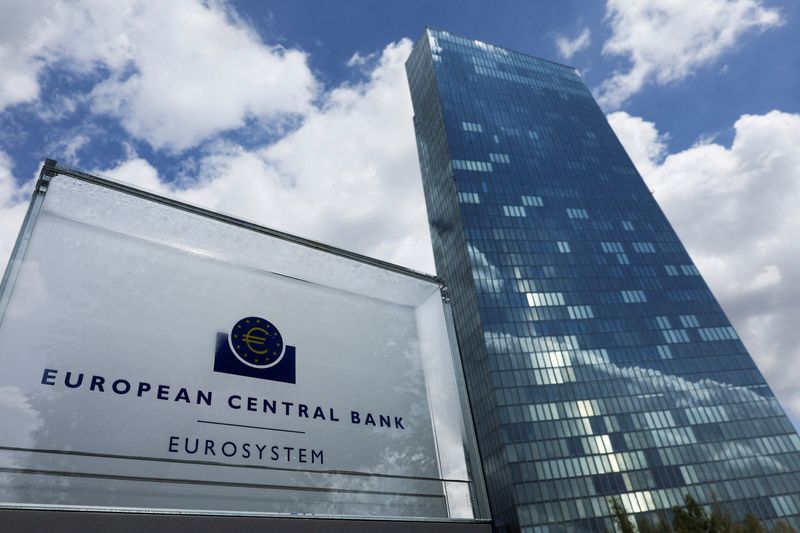Stock market today: Dow in fresh record close as Powell signals rate cut incoming
Investing.com - Central banks around the world are navigating different stages of their interest rate cycles as they prepare for a series of policy meetings beginning this week, according to a UBS report released Monday.
The European Central Bank (ECB) will lead the sequence of meetings on Thursday, followed by the U.S. Federal Reserve, Bank of Japan, and Bank of England over the next two weeks.
Despite being at varying points in their respective rate cycles, all four major central banks face significant uncertainty in the policy environment.
UBS expects the ECB to pause after seven consecutive rate cuts, preferring to assess economic responses to previous moves and monitor tariff negotiations.
The Bank of Japan, which began hiking rates as others started cutting, likely has room for further increases but is expected to hold rates steady due to easing inflation and ongoing trade discussions with the U.S.
The Federal Reserve faces perhaps the most challenging decision as it weighs whether potential tariffs on U.S. imports will trigger more inflation or weaker growth.
Despite pressure from President Trump to cut rates, UBS anticipates the Fed will maintain current rates for now as economic data provides no clear direction.
The Bank of England, dealing with the familiar trade-off between persistent inflation and a slowing economy, has been more cautious than the ECB in its easing cycle.
With U.K. monetary policy still in restrictive territory and growth headwinds becoming more evident, UBS expects the Monetary Policy Committee to implement a rate cut in August, likely with another split vote.
